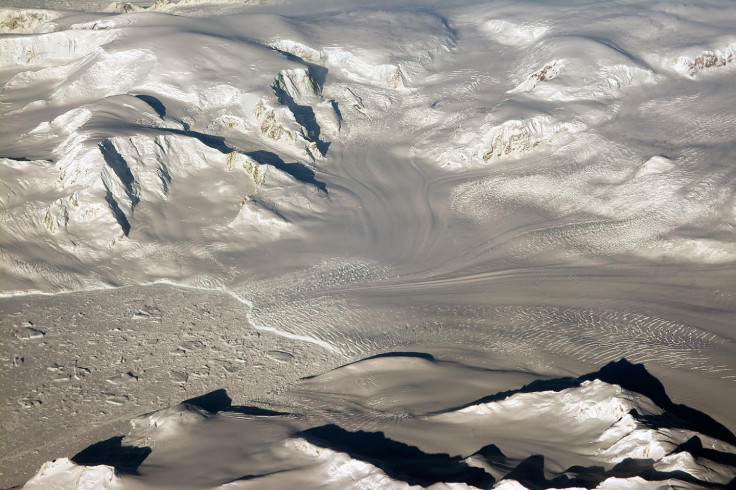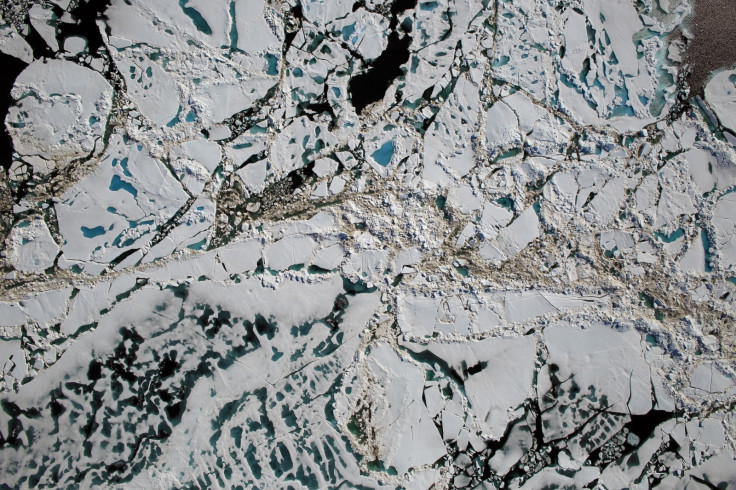Antarctica hits new record high temperature of 17.5C
The polar region is seen as a 'canary in the coal mine' for global climate change.
Temperatures across the continental mainland of Antarctica reached a new extreme high in 2015, the World Meteorological Organization has verified.
The extreme of 17.5C (63.5F) was reached on 24 March 2015 at the Argentine Research Base Esperanza at the northern tip of the Antarctic Peninsula, according to a report in the American Geophysical Union's publication Eos.
"The temperatures we announced today are the absolute limit to what we have measured in Antarctica," said Randy Cerveny, rapporteur of climate and weather extremes for the World Meteorological Organization (WMO), in a statement.
"Comparing them to other places around the world and seeing how other places have changed in relation to Antarctica gives us a much better understanding of how climate interacts, and how changes in one part of the world can impact other places."
Due to the vast size of Antarctica, the temperature of the region is measured in several ways. The extreme recorded in March 2015 was for the warmest temperature on the Antarctic mainland.
A separate reading is given for the smaller and colder area of the Antarctic Plateau, which is defined as the surface temperature above 2,500 metres (8,200 feet). The record high for the plateau was -7C on 28 December 1990. The broader Antarctic region, defined as all land and ice south of 60 degrees latitude, is also recorded separately, with a record high of 19.8C on 30 January 1982.

The polar regions act as the "canary in the coalmine" for the global environment, Cerveny said.
"Because of their sensitivity to climate changes, sometimes the first influences of changes in our global environment can be seen in the north and south polar regions. Knowledge of the weather extremes in these locations therefore becomes particularly important to the entire world."
In January, fissures in the sea floor revealed how warm water has been circulating beneath the West Antarctic Ice Sheet. In December, hot spots in the East Antarctic Ice Sheet were identified through craters forming in the ice. The Arctic is approaching the end of an unusually warm winter, reaching its average midsummer temperature of 0C in the middle of its winter in December.

© Copyright IBTimes 2025. All rights reserved.






















